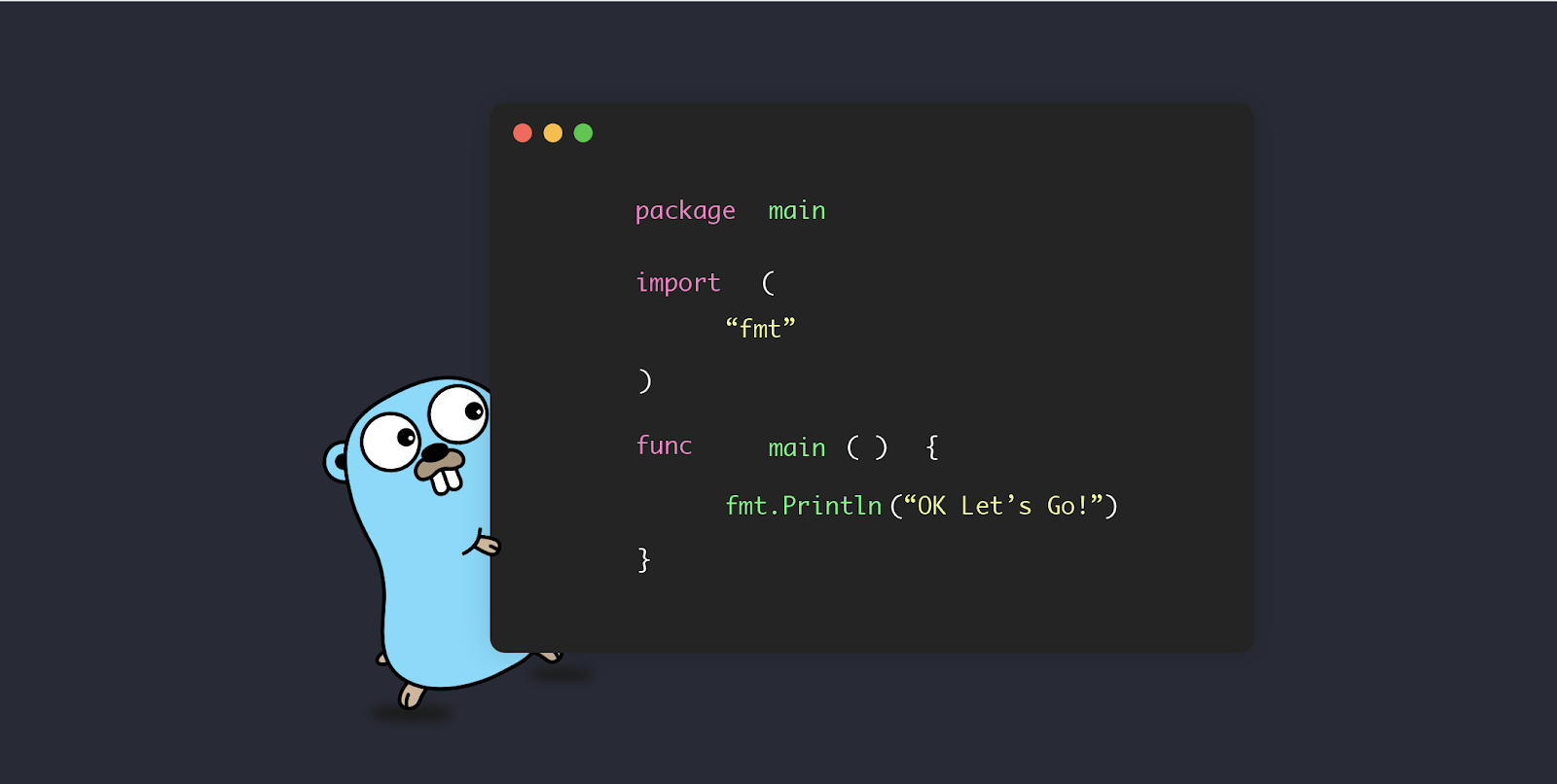In the world of Go programming, empty interfaces are a powerful yet minimalist feature. Also known as the "empty interface," it's denoted simply as interface{}. Despite its apparent simplicity, the empty interface opens up a realm of possibilities when it comes to writing flexible and adaptable code. In this blog, we'll dive deep into the concept of the empty interface in Go, exploring its definition, use cases, syntax, advantages, and best practices. Whether you're new to Go or seeking to enhance your coding skills, understanding the empty interface is crucial for harnessing the full potential of the language.
What Is an Empty Interface?
An empty interface in Go, denoted as interface{}, is a special type that does not specify any methods. Essentially, it can hold values of any type because it doesn't enforce any constraints on the shape or behavior of the underlying data. This flexibility is what makes empty interfaces so versatile and powerful.
Here's the basic syntax of an empty interface:
var myEmptyInterface interface{}You can think of an empty interface as a wildcard that can represent values of any type.
Use Cases for Empty Interfaces
Empty interfaces in Go are incredibly versatile and find use in various scenarios, including:
-
Container Types: When you need to create container types, such as slices, maps, or channels, that can hold values of different types.
-
Function Parameters and Return Values: When writing functions that can accept or return values of varying types, enabling you to write more generic and reusable code.
-
Reflection: In situations where you need to work with the reflection package (
reflect), as it often deals with values of unknown types. -
Testing and Mocking: In unit testing, you can use empty interfaces to create mock implementations that can replace real objects with mock ones.
-
Dynamic Typing: For scenarios that require dynamic typing, where you need to work with values of different types without explicitly specifying them.
Advantages of Empty Interfaces
Empty interfaces offer several advantages in Go:
-
Flexibility: They allow you to write code that can work with values of varying types, providing tremendous flexibility in your programs.
-
Generality: Empty interfaces promote code generality by enabling the creation of more generic and reusable functions and data structures.
-
Reflection: They are the foundation of reflection in Go, allowing you to inspect and manipulate values at runtime.
-
Testing: In unit testing, empty interfaces enable the creation of mock objects and the testing of different components independently.
-
Interoperability: They facilitate interoperability with external libraries and systems that may use values of unknown types.
Best Practices for Using Empty Interfaces
To make the most of empty interfaces in Go, consider the following best practices:
-
Avoid Abuse: While empty interfaces provide flexibility, avoid using them excessively. It's often better to specify more specific interfaces when possible to maintain type safety and code clarity.
-
Document Intent: When using empty interfaces in your code, document your intent clearly to indicate why you're opting for such flexibility.
-
Use Type Assertion and Type Switch: When working with values stored in empty interfaces, prefer type assertion (
value.(Type)) or type switches (switch value.(type)) to ensure type safety and proper handling. -
Name Variables Descriptively: When using empty interfaces to store values of unknown types, give variables meaningful names that indicate their purpose.
-
Minimize Reflection: While empty interfaces are essential for reflection, use reflection sparingly, as it can make code less readable and harder to maintain.
Conclusion
The empty interface in Go is a deceptively simple yet incredibly versatile tool. It provides the flexibility needed to write generic, adaptable, and reflective code. By understanding how to use empty interfaces effectively and following best practices, you can create Go programs that are not only powerful but also maintainable and clear. Whether you're building web applications, system-level utilities, or complex data processing pipelines, the empty interface is a valuable asset in your Go developer toolkit.
